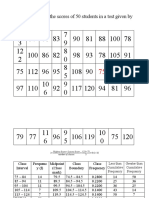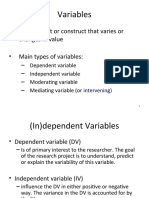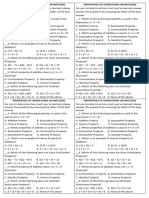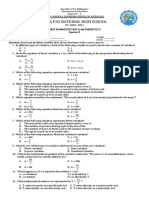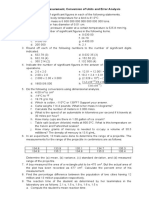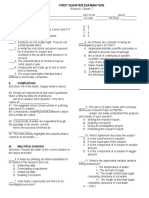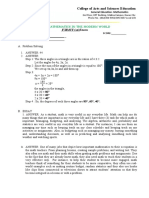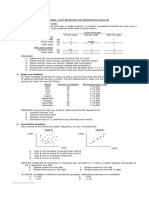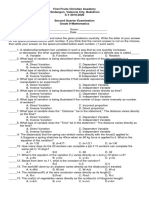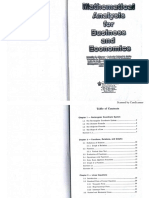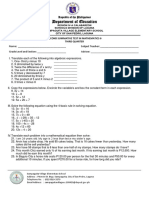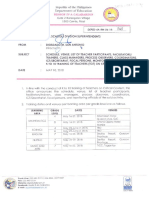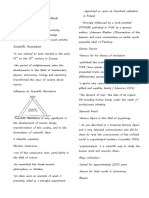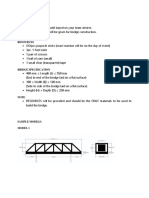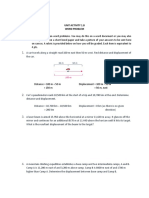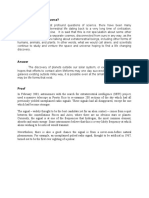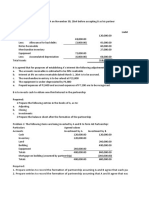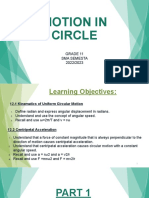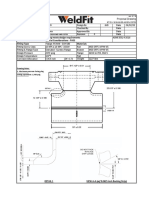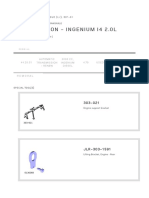0% found this document useful (0 votes)
211 views3 pagesIndividual Output 2
1. A car travels 100m east then 50m west, with a distance of 150m and displacement of 50m east.
2. A car travels 200km between readings of 10,500km and 10,700km, with a distance and displacement of 200km.
3. A laser beam travels from a mirror 11,648m away at 15.95° above horizontal to a target 8,570m further at 11.44° above, with a resultant displacement of 20,200m at 14.04° elevation.
Uploaded by
Jenn sayongCopyright
© © All Rights Reserved
We take content rights seriously. If you suspect this is your content, claim it here.
Available Formats
Download as PDF, TXT or read online on Scribd
0% found this document useful (0 votes)
211 views3 pagesIndividual Output 2
1. A car travels 100m east then 50m west, with a distance of 150m and displacement of 50m east.
2. A car travels 200km between readings of 10,500km and 10,700km, with a distance and displacement of 200km.
3. A laser beam travels from a mirror 11,648m away at 15.95° above horizontal to a target 8,570m further at 11.44° above, with a resultant displacement of 20,200m at 14.04° elevation.
Uploaded by
Jenn sayongCopyright
© © All Rights Reserved
We take content rights seriously. If you suspect this is your content, claim it here.
Available Formats
Download as PDF, TXT or read online on Scribd
/ 3



